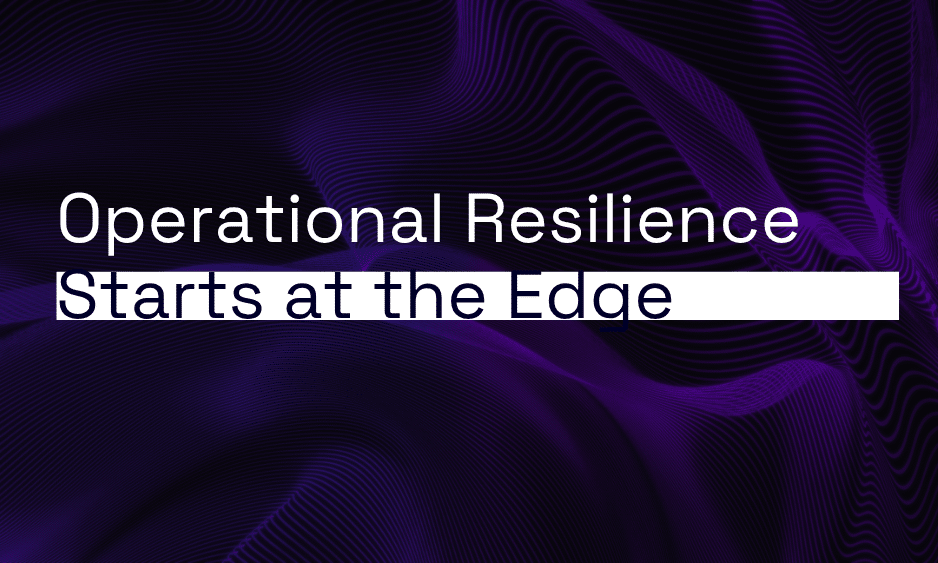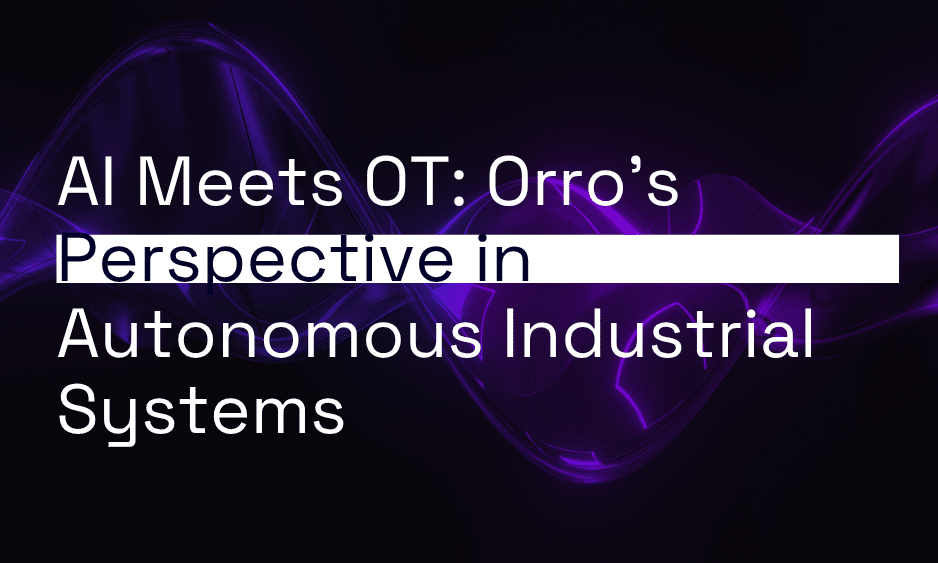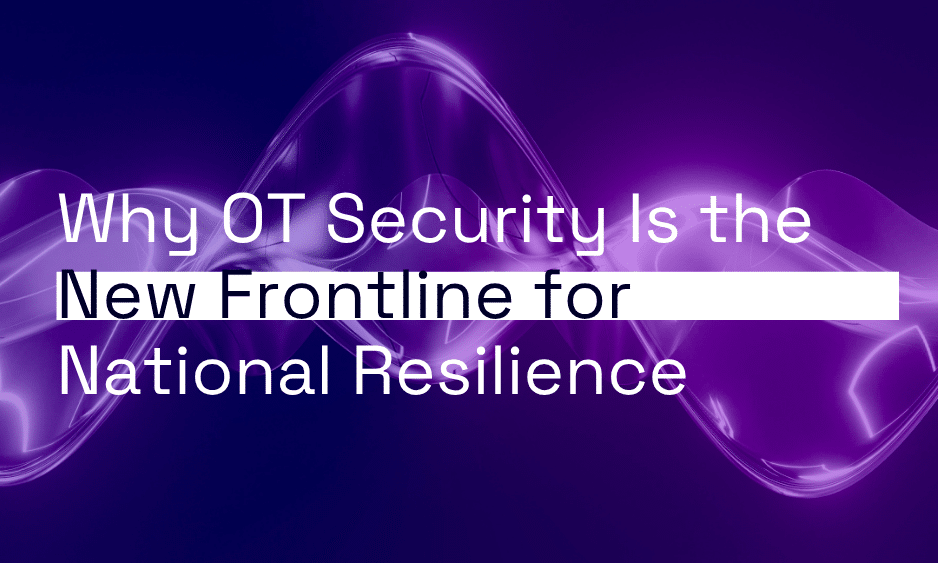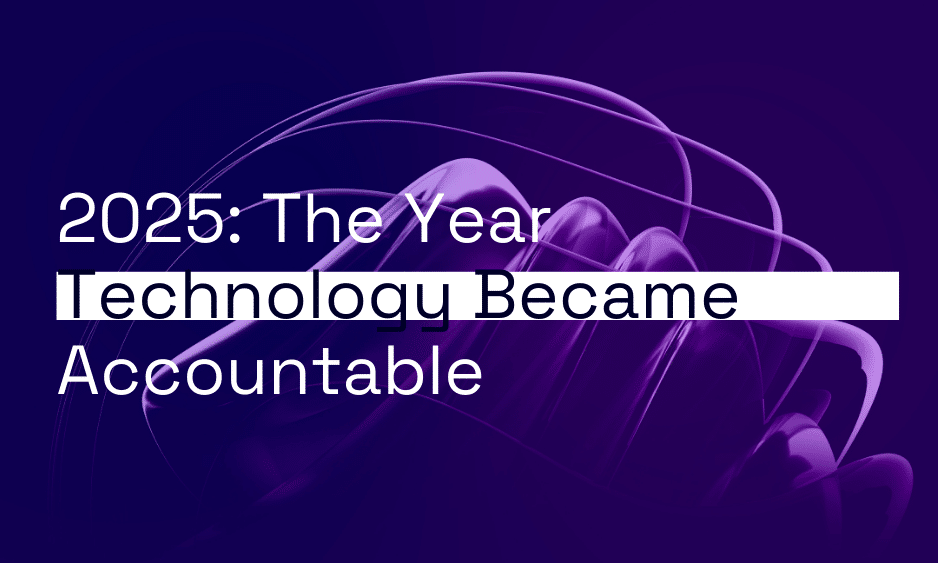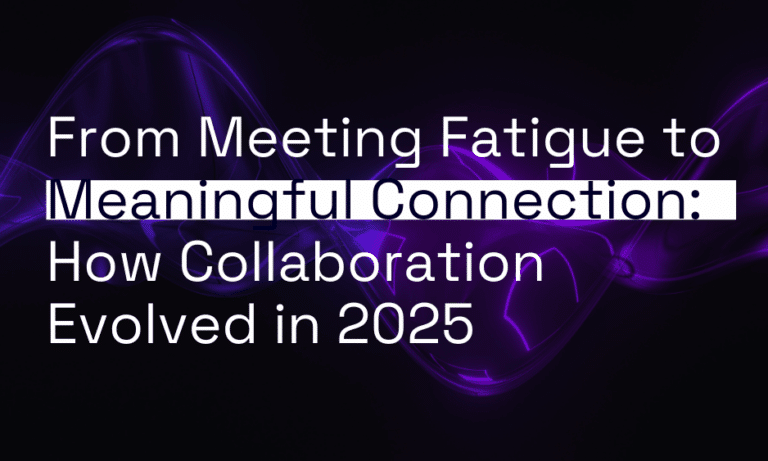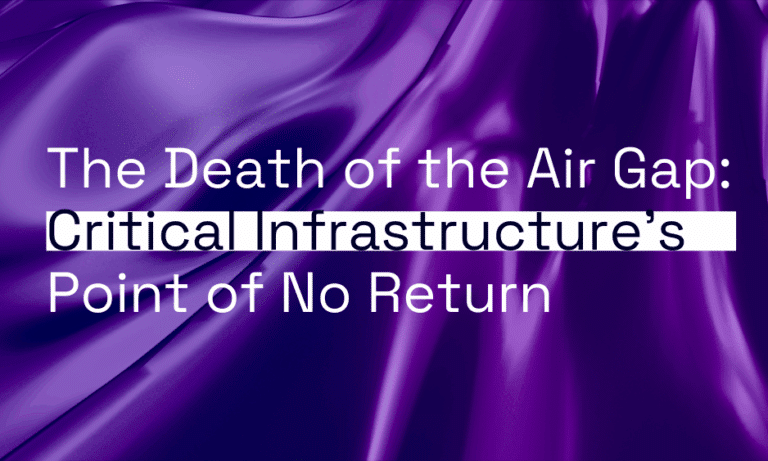By Stuart Long, Chief Technology Officer, Orro
In this world, operational technology (OT) environments are highly connected, data-rich and increasingly distributed. That connectivity brings incredible possibility — from safer work environments to predictive maintenance to more efficient production. But it also expands the surface area where failures can occur and risks can materialise.
The edge — where data is created, decisions are made, and physical processes are controlled — has become the new centre of gravity. And if we’re serious about protecting the systems that run our essential services, operational resilience must start there.
The Rise of the Edge
It wasn’t long ago that industrial control systems were largely isolated and static. Operational networks were built to run reliably for decades, and change was slow. That world is gone.
The shift toward distributed operations is accelerating as organisations deploy more sensors, connect more assets and push intelligence closer to production. Whether it’s cameras on a rail corridor, telemetry on a turbine, or predictive maintenance systems on a production line, the edge is where value is increasingly being created.
This is being driven by three big shifts:
- IoT and pervasive sensing — Organisations now capture unprecedented volumes of operational data from equipment in motion, in the field and in harsh environments.
- Distributed work and remote operations — Skilled labour shortages are driving remote monitoring, autonomous systems and tele-operations.
- Demand for real-time intelligence — Decisions need to be made where the consequences occur; waiting for data to travel back to a central system is often impractical.
With more intelligence at the edge, it becomes a powerful control point for safety, efficiency and security. But it also becomes a critical dependency — and a growing source of risk.
Why Edge = Risk + Opportunity
The edge embodies the duality of modern operations: it promises radical gains in productivity and safety, yet can expose an organisation to disruption if not properly secured.
The risks are real:
- Limited visibility — Many organisations do not have a clear picture of what devices are actually connected at the edge — or what state they’re in.
- High consequence of failure — A small fault in the wrong place can lead to equipment damage, environmental impact, production loss — or even injury.
- Patch and lifecycle complexity — Edge devices often run legacy firmware, may be hard to access, and are frequently unmanaged.
- Cyber-physical convergence — A cyber event at the edge can now translate directly into a physical impact: outages, safety incidents, or supply chain disruptions.
This vulnerability isn’t theoretical. Over the past few years, incidents involving industrial systems have shown that adversaries increasingly understand how to target edge environments to cause operational harm.
But alongside this risk sits enormous opportunity. Edge systems give organisations:
- Real-time insights into what’s happening on the ground
- Faster decision-making in dynamic environments
- Higher production uptime and asset utilisation
- The foundation for AI and automation
Put simply, the edge is where operational value is created — and where resilience must be protected.
The challenge is ensuring that this intelligence-rich boundary layer remains safe, observable and trustworthy.
Visibility + Intelligence at the Edge
There is a foundational principle I return to again and again:
You cannot protect what you cannot see.
Visibility at the edge means knowing:
- What assets you have
- Where they are
- How they are communicating
- Whether they’re behaving normally
This visibility is not just inventory. It’s telemetry and behavioural insight. When fused with IT data — network flow, identity, logs — organisations achieve what I call connected intelligence: a live, contextual picture of how systems are performing and where risks may emerge.
This matters because the edge is dynamic. Assets are added, replaced or moved. Temporary equipment appears on site. Third-party vendors connect and disconnect.
Without real-time intelligence, this becomes a blind spot — and blind spots are the enemy of resilience.
Segmentation, monitoring and analytics turn raw data into early warning signals. The right edge telemetry allows us to detect supply chain compromise, uncover rogue devices, spot lateral movement and differentiate maintenance activity from malicious intent.
The convergence of OT and IT is making this far more achievable. Organisations no longer need to rely on periodic audits; they can continuously understand — and secure — the boundary where the physical and digital worlds meet.
Building Edge-Led Resilience
Achieving resilience at the edge requires a shift in mindset: from centralised defence-in-depth to pervasive, distributed maturity. That means rethinking how we govern, secure and operate our OT environments.
In my experience, the organisations making the most progress share four priorities:
1. Asset discovery and monitoring
Continuous, automated discovery of OT assets — including their firmware, network behaviour and risk posture — is essential.
2. Secure connectivity and segmentation
Strong identity, encrypted connectivity and segmentation limit blast radius and enable safe remote operations.
3. Continuous threat detection
Visibility needs to feed a monitoring capability — ideally integrated with an SOC that understands OT/IT environments.
4. Shared responsibility
OT, IT and security teams must work together. The edge crosses boundaries; resilience must do the same.
At Orro, we support customers by helping them build secure, intelligent edge environments through:
- High-assurance networking
- OT asset visibility platforms
- OT-aware SOC monitoring
- Partnerships with leaders like Cisco, Fortinet, Claroty and Splunk
But technology alone isn’t enough. Edge-led resilience is ultimately about culture and collaboration — elevating visibility, embedding secure design principles, and making resilience a shared priority across engineering and security teams.
Conclusion
Resilience isn’t something achieved inside a data centre. It’s built where operations happen — at the boundary between sensors, machines, networks and people.
As edge environments become more intelligent and interconnected, they also become critical infrastructure in their own right. If we are to protect safety, ensure uptime and maintain national resilience, we must begin by securing the places where risk materialises first.
Operational resilience starts at the edge. The sooner we recognise that, the more prepared we’ll be for the future already unfolding around us.
If you’re looking to strengthen your organisation’s operational resilience, Orro’s experts can help assess where you stand — and where to focus next.
Download our OT Cyber Resilience Action Plan for practical steps to improve visibility, compliance and protection across your OT network.
